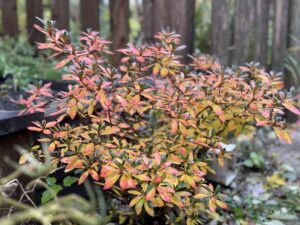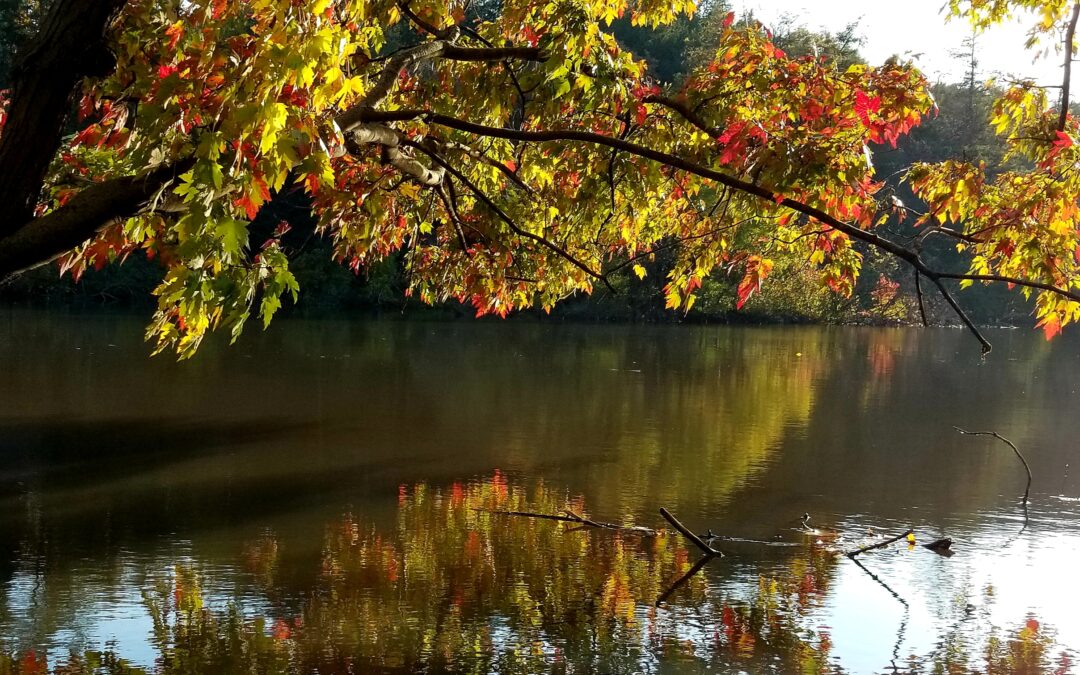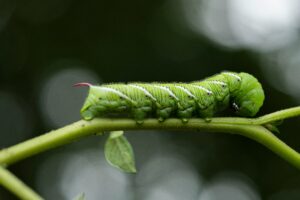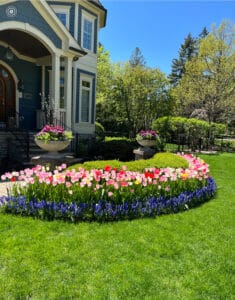Now that summer blooms have faded, the focus of our landscapes shift from bright, abundant blossoms to colorful fall foliage.
Famed French philosopher Albert Camus once said, “Autumn is a second spring, when every leaf is a flower.”
So, as you walk around your neighborhood, look for the following plants, think about Albert Camus and embrace all the “fall flowers” that surround you!

Azalea – While known for its spring flowers, the myriad of fall colors will stop you in your tracks. Low growing shrub that sports yellows, purples, reds and oranges as autumn falls upon us
Blueberry – Obviously grown for its fruit, but its fall foliage display is surprisingly remarkable. Don’t overlook the blueberry stem structure as many varieties have twigs that turn a brilliant red during the fall
Chokeberry – Providing four seasons of interest, Black or Red Chokeberry offers a white flower in the spring, glossy foliage throughout the summer, stunning orange and red leaves during the fall and nourishing small red or black berries during the winter season.
Fothergilla – Great for shaded areas, the bottlebrush-like flowers in the spring are a highly sought pollen pitstop for bees. The real show starts in the fall, when the reds and oranges carpet this plant making it stand out in any landscape

Itea – This charmingly versatile plant; a low lying shrub that offers cascading white blossoms in the summer and long lasting brilliant red color in the fall. It thrives in shade, sun, wet and dry soil, this hardy plant does it all!
OakLeaf Hydrangea – when most people think of hydrangeas, massive white summer blossoms come to mind. The oakleaf hydrangea is even more stunning in the fall with deep red, merlot colored oak leaf shaped leaves. Keep an eye on this plant as the leaves fall to the ground when the exfoliating bark provides unique winter interest
Sumac – Often seen growing naturally along the roadside, Sumac really become noticeable in the fall as this leggy plant throws a stunning red autumn color. A few dwarf varieties like Tiger Eyes and Prairie Flame have begun to gain traction in local communities as smaller, non-suckering varieties are spurring renewed interest.









